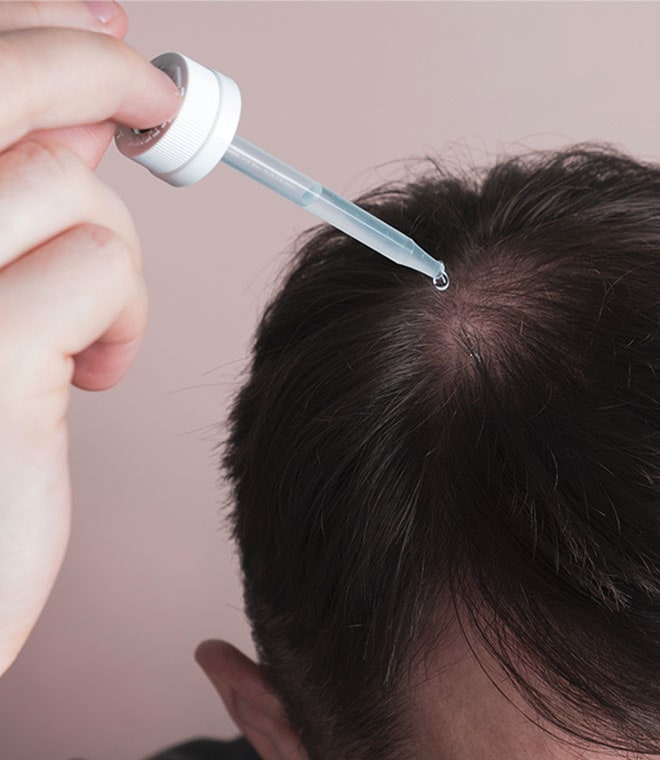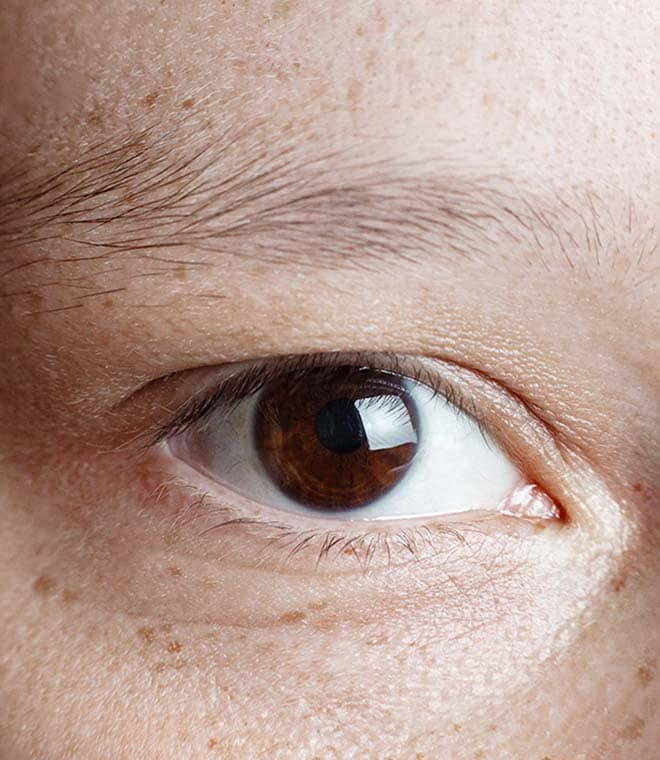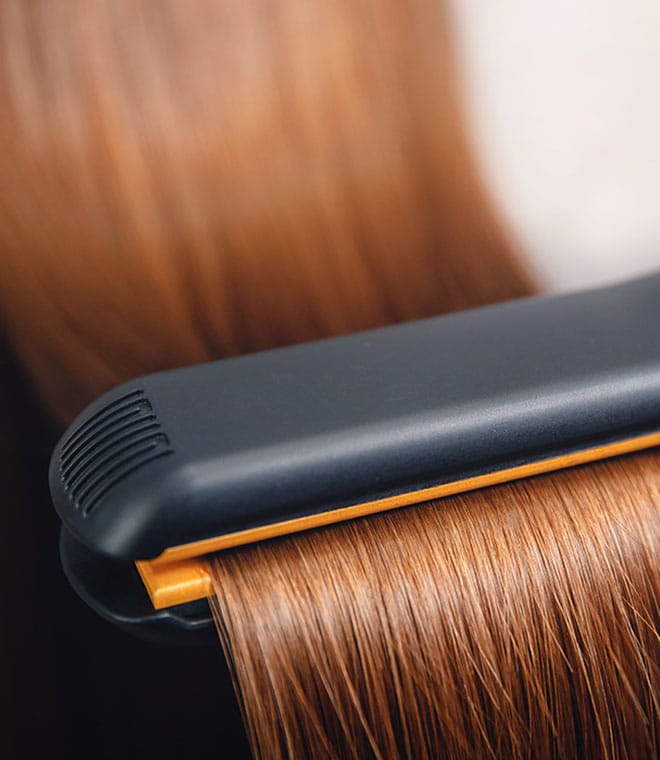Health
Scalp health: Why a scalp care routine is important
By Dr. Anna H. Chacon, MD, Fellow of the American Academy of Dermatology May 21, 2024 • 5 min
A healthy scalp promotes healthy hair, but the scalp is frequently overlooked when it comes to skin care and even hair care. One of the most common and best-known scalp conditions is dandruff, which can come and go. But other common scalp conditions can cause pain, itching, hair loss, and in some cases, they may indicate a more serious health condition.
Common scalp conditions
Many skin conditions that can occur on other parts of your body may also occur on your scalp. Taking care of your scalp is the best way to prevent these conditions, which include:
Seborrheic dermatitis: This skin condition causes scaly patches on the scalp that may appear greasy. Yellowish-white skin may flake off, and your scalp and surrounding areas of skin may become red, inflamed and itchy.
Dandruff: A common skin condition that can be a mild form of seborrheic dermatitis, dandruff is often caused by a dry scalp that sheds flakes of skin onto your hair or clothes.
Cradle cap: When an infant has seborrheic dermatitis, it’s known as cradle cap, a common and generally harmless condition. Symptoms include a thick, yellow or brownish layer of scale on the scalp, which becomes flaky and rubs off over time.
Chemical sensitivity: Some people may be sensitive to chemicals found in some hair care products, including hair dyes. These chemicals may cause mild to severe itching, rashes, blisters or burns. Patch testing products on a small area of skin may help you identify if you’re allergic before using them on your entire scalp.
Scalp ringworm: A common contagious fungal infection, scalp ringworm, or tinea capitis, can cause hair loss, intense itching and bumps filled with pus. Treatment requires prescription medication.
Scalp psoriasis: A form of plaque psoriasis, this scalp condition may cause dry skin with silvery scale reddish patches of skin that flakes off. It may be mildly or intensely itchy.
Atopic dermatitis: A form of eczema, atopic dermatitis can occur on the scalp, causing redness, burning, itching and scaly skin that may weep clear fluid or bleed.
Solar keratoses: Dry, scaly or rough patches or bumps on the scalp may be a sign of solar keratoses, a precancerous type of skin damage. These patches may feel like sandpaper, and they may be pink or skin-colored. They may or may not be itchy or painful, but they require the attention of a board-certified dermatologist.
Skin cancer: Cancer of the skin can present as itchy, raised patches of skin on the scalp, sores that don’t heal, and flat, skin-colored lesions on the scalp. Any abnormal skin changes in color, size or texture could be signs of skin cancer and should be addressed right away by your dermatologist or healthcare provider.
4 ways to protect and care for your scalp
1. Wash your hair with care
The oilier your hair is, the more frequently you should wash it. How oily it is depends on how much sebum (oil) the follicles on your scalp produce. If your scalp is oily, you may need to wash your hair daily. When you wash your hair, focus the shampoo on the scalp. Cleanse and rinse thoroughly in order to prevent dandruff and other scalp conditions.
2. Use gentle shampoos, conditioners and other hair care products made specifically for your hair type
Some of the ingredients in conventional shampoos and conditioners can dry out or irritate your scalp. If your hair has been color-treated, you may want to choose a shampoo and conditioner formulated for color-treated hair, which will likely be gentler. Focus your shampooing on your scalp and use conditioner closer to the tips of your hair. This can keep your scalp cleansed and leave your hair less dull, coarse and limp.
3. Try to limit use of hair styling products and heat tools
Like the skin on the rest of your body, your scalp can become dry. Using heated tools can cause dryness on your scalp and some styling products can build up on your hair and scalp.
4. Wear sun protection
If you are bald or have bald patches or very thin hair, sun protection for your scalp is essential for protecting against sun damage, which can lead to skin cancer. Scalp sunscreens come in many forms, from mineral-based, physical sunscreens to sunscreen powders, mists, sprays and lotions. Alternatively, wear a hat made with sun protective fabric that prevents harmful rays from reaching your scalp.
See your dermatologist or healthcare provider if you have a recurring scalp condition like psoriasis or acne, or any condition, including dandruff, that doesn’t go away. If you notice bumps, boils or a rash on your scalp—and any of these are accompanied by bleeding, severe itching or pain—make an appointment to see your dermatologist or healthcare provider right away.
Clinically reviewed and updated by Julie McDaniel, MSN, RN, CRNI, May 2024.
Sources:
- https://www.aad.org/public/everyday-care/itchy-skin/itch-relief/relieve-scalp-itch
- https://www.aad.org/public/diseases/a-z/seborrheic-dermatitis-symptoms
- https://www.aad.org/public/everyday-care/hair-scalp-care/scalp/dry-scalp-conditions
- https://www.aad.org/public/everyday-care/hair-scalp-care/hair/healthy-hair-tips
- https://www.niams.nih.gov/health-topics/atopic-dermatitis
- https://www.ncbi.nlm.nih.gov/pmc/articles/PMC4852869/
- https://www.skincancer.org/skin-cancer-information/actinic-keratosis/
- https://www.skincancer.org/skin-cancer-information/
- https://www.aaaai.org/tools-for-the-public/conditions-library/allergies/contact-dermatitis-overview
- https://www.fda.gov/cosmetics/resources-consumers-cosmetics/cosmetics-safety-qa-hair-dyes
- https://my.clevelandclinic.org/health/symptoms/23326-dry-scalp
- https://www.mayoclinic.org/diseases-conditions/dandruff/diagnosis-treatment/drc-20353854




